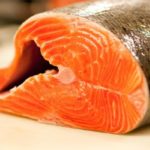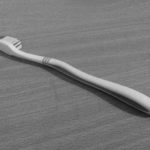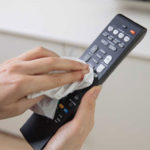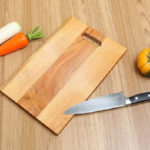For years, many homemakers have believed that diluting water with salt or vinegar to soak and rinse vegetables will help wash away pesticides, kill worm eggs, and eradicate bacteria. However, diluted salt water does not have this ability, contrary to popular belief. Read on to discover why!
1 Why is washing vegetables with salt water a mistake?
 Washing vegetables with salt water is a traditional practice without scientific basis
Washing vegetables with salt water is a traditional practice without scientific basis
According to PGS.TS Tran Hong Con, a lecturer at the University of Chemistry, Hanoi National University: “Soaking fruits and vegetables in salt water to kill worm eggs is a traditional practice without scientific basis. 0.9% salt water should only be used for eye and nose hygiene, as salt water itself is ineffective in other cases.”
He emphasized that the higher the salt concentration, the more difficult it is for chemicals to dissolve.
 Washing vegetables with salt will cause chemicals to permeate back into the vegetables
Washing vegetables with salt will cause chemicals to permeate back into the vegetables
Mr. Do Thanh Bai, Vice Chairman of the Voluntary Social Responsibility Council of Chemical Enterprises, stated: “Salt water only has an antibacterial effect and does not remove pesticides from vegetables. No matter how long you soak the vegetables in salt water, they will not be cleaner, and may even become crushed, losing their nutritional value and taste.”
Additionally, TS. Tu Ngu, General Secretary of the Vietnam Nutrition Association, noted that in a saline environment, bacteria are inhibited from developing but not killed. When the vegetables are removed from the salt water, bacteria will resume growth and proliferation.
He added that there is currently no solution capable of completely eliminating pesticides and preservatives from vegetables, fruits, and other foods.
In conclusion, washing vegetables with salt water does not eliminate bacteria or pesticides; instead, it causes chemicals and bacteria to permeate back into the vegetables.
2 The correct way to wash vegetables to ensure cleanliness without bruising
For pesticides that do not penetrate the surface of vegetables, simply rinse the vegetables under clean running water 2-3 times.

As for pesticides that have already been absorbed into the vegetables (indicated by insects dying after consuming the vegetables), a quarantine period is necessary to allow the pesticides to decompose completely. On average, it takes 15-20 minutes for the vegetables to be safe for harvest.
According to experts, different types of vegetables have varying levels of contamination risk, and thus require specific cleaning methods. Here are some suggestions for properly cleaning different types of vegetables:
Leafy vegetables (Spoon cabbage, pennywort, water spinach, etc.)
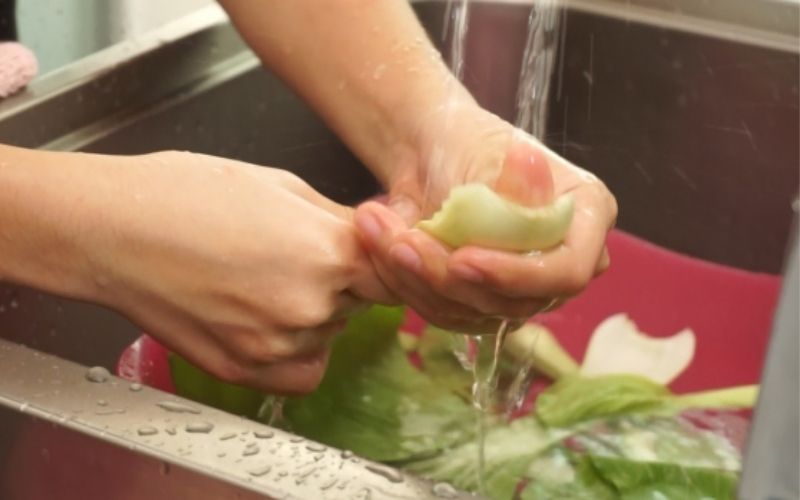
Leafy vegetables such as spoon cabbage, pennywort, water spinach, etc. are more susceptible to contamination due to the possibility of E. coli and Salmonella bacteria entering through direct irrigation with fresh fertilizer.
To clean these vegetables, remove any dirt, soak them in water, and then rinse each leaf and stem under running water 2-3 times. This is the most effective method to eliminate worm eggs, bacteria, and pesticide residues from the leaves. Afterward, soak the vegetables in clean water for about 5 minutes before cooking.
Edible flowers (Chives, squash blossoms, sesbania grandiflora, cauliflower, etc.)
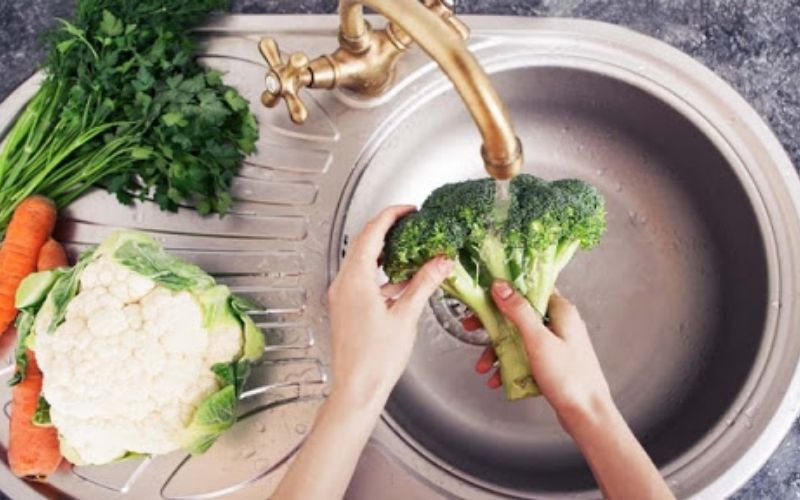
Edible flowers such as chives, squash blossoms, sesbania grandiflora, cauliflower, etc. are usually grown on trellises or at higher elevations, reducing the likelihood of direct contact with pesticides or fertilizers. Therefore, simply rinse the flowers under running water 2-3 times during preparation. After washing, soak the flowers in clean water for about 5 minutes before cooking.
Tubers (Potatoes, beets, chayote, etc.)
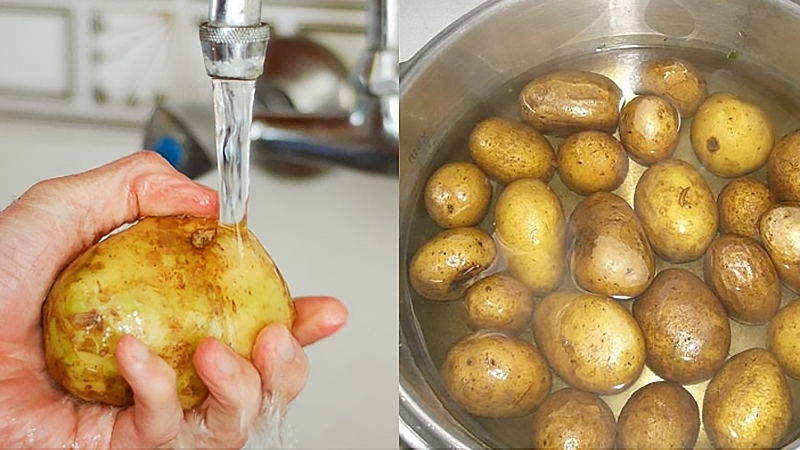
For tubers like potatoes, beets, chayote, etc., it is recommended to peel the skin thoroughly or, for those that can be consumed with the skin, use a clean brush to scrub the outer surface before rinsing under running water 2-3 times prior to cooking.
However, it is important to note that once pesticides have been absorbed into the vegetables, there is no way to completely remove them, and cooking will not eliminate the risk of poisoning. Therefore, it is advisable to purchase vegetables and fruits from reputable stores that offer safe and high-quality produce.
Hopefully, after reading this article, you now know the misconceptions about washing vegetables with salt water! We trust that you have gained valuable insights into selecting and cleaning your produce to ensure the health and safety of you and your family.
8 Common Mistakes People Make with Cutting Boards
Are you using your cutting board correctly? Many Vietnamese households rely on cutting boards in their kitchen, but not everyone knows how to use them properly, especially when it comes to wooden cutting boards. Check out these 8 mistakes to avoid when using a cutting board to ensure both hygiene and safety for everyone in your family.

























